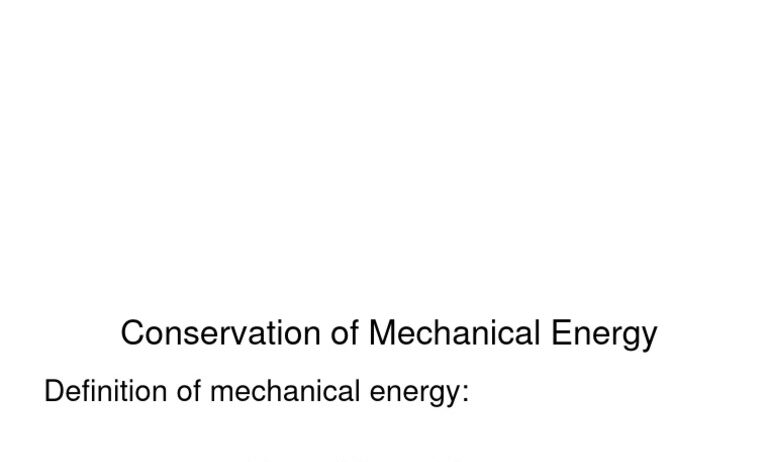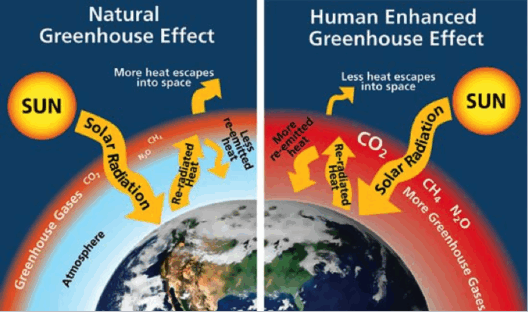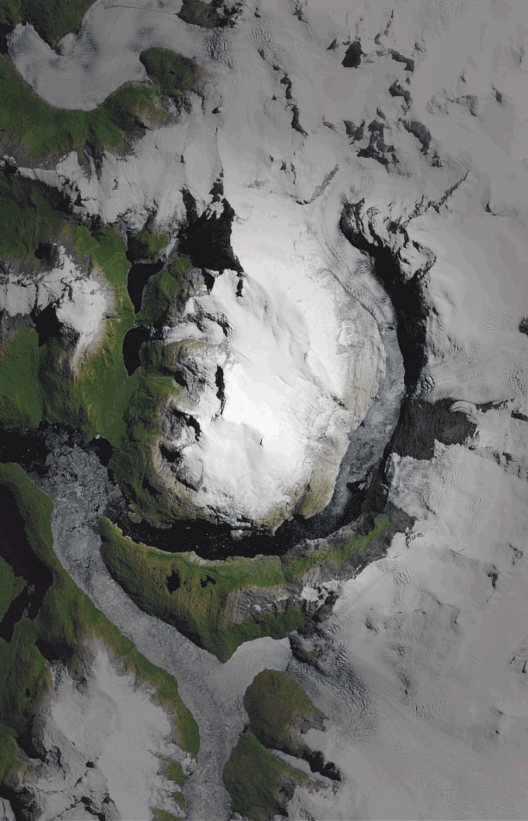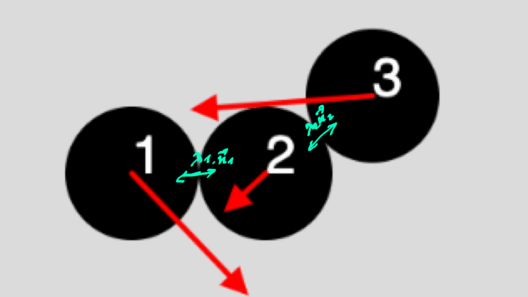The Law of Conservation of Energy is one of the most foundational principles in physics, signifying that energy cannot be created or destroyed; it can merely change forms. However, humanity’s quest for knowledge invariably leads us to challenge established norms. The proposition of breaking or transcending this law invites both intrigue and skepticism. In this exploration, we will analyze the conceptual framework of the law while delving into the implications of its purported violations.
At its core, the Law of Conservation of Energy asserts that the total energy within an isolated system remains constant. This principle applies across various physical processes and reactions, serving as a bedrock of classical mechanics, thermodynamics, and modern physics. The law manifests in numerous forms—kinetic, potential, thermal, and chemical energy, each capable of transforming into others while maintaining the total energy equilibrium.
The first facet to consider is the philosophical and theoretical underpinnings of energy conservation. Historically, this law has endured rigorous scrutiny and validation, standing firm against countless empirical experiments. Yet, throughout the annals of scientific inquiry, a recurring theme emerges: the essence of challenge drives advancement. Does the pursuit of breakthroughs in quantum physics or cosmology suggest potential avenues for circumventing this law?
In quantum mechanics, for instance, phenomena such as quantum entanglement and superposition present intriguing anomalies. Particles seemingly exhibit behaviors that defy classical intuition. While they do not violate the principle of energy conservation in the traditional sense, they prompt questions about the linearity of energy transfer and the nature of reality itself. This leads to the provocative notion that perhaps energy, though conserved, operates in a non-intuitive framework at the subatomic level.
Furthermore, let’s explore the landscape of perpetual motion machines. These hypothetical machines are posited to operate indefinitely without an energy source, effectively defying the conservation principle. A closer examination reveals that all attempts at constructing such machines invariably fail due to irreparable losses—friction, heat dissipation, and other energy-sapping phenomena. While the allure of a solar-powered, self-sustaining device is captivating, it is imperative to understand that every engineered system is subject to external realities. Energy can be efficiently utilized, but never can it be conjured from a void.
Transitioning to thermodynamics, the second law articulates another layer of complexity. This law, concerning entropy, stipulates that natural processes lead to an increase in disorder or chaos. The interaction between energy conservation and entropy invites contemplation on the viability of ‘breaking’ energy conservation. Even though one cannot create or destroy energy, one can transform it into less usable forms, thereby rendering the notion of ‘breaking’ moot; the system’s total energy persists, albeit in a less useful state.
Another captivating aspect of this discourse is the burgeoning realm of dark energy and dark matter in cosmology. Dark energy, constituting approximately 68% of the universe, exerts an enigmatic influence on cosmic expansion. While this energy exists within the universe, its implications challenge conventional paradigms. While dark energy does not violate the conservation law, it forces a reevaluation of the traditional definitions of energy and mass. The universe may very well retain a conserved quantity that eludes our current understanding, but it does not negate the conservation principle itself.
At the crux of these explorations lies an essential inquiry: can we challenge the impossibility? The thought invites further investigation into advanced theories such as string theory and loop quantum gravity, which speculate on the fundamental nature of energy and spacetime. Within these constructs, the conservation principle may acquire new dimensions. Creative theorization could open doors to previously unimaginable technologies, yet these remain confined to the realm of speculation and theoretical modeling.
Delving into practical applications—renewable energy sources epitomize the profound revolution in how we harness energy. From solar panels capturing photons to wind turbines converting kinetic energy into electricity, these technologies embody an astute understanding and application of the conservation law. However, they do not contravene it; rather, they epitomize transformation and efficiency. Innovations in energy storage, such as battery technology and supercapacitors, provide further evidence of optimizing energy use without breaking the laws of physics.
Contemplating future advancements, the concept of harnessing vacuum energy or zero-point energy tantalizingly flirts with the notion of tapping into widespread energy sources. While theoretically appealing, the practicality of such concepts remains elusive due to the current limitations of our technological infrastructure. Engaging in speculative engineering could yield revolutionary insights into energy utilization, yet the principles of energy conservation mandate careful scrutiny of proposed methodologies.
In summation, the Law of Conservation of Energy stands resilient against daunting inquiries and challenges. While ideas may flower that attempt to defy or transcend this law, the intrinsic nature of energy and its interdependence on the universe’s fundamental principles remains steadfast. Whether through empirical investigation, theoretical exploration, or technological innovation, the journey toward understanding energy may lead to new paradigms rich with potential—yet always shrouded in the relentless consistency of fundamental principles. Engaging with these concepts fosters intellectual growth, incentivizing a deeper appreciation for the intricate dance of energy that defines our universe.








